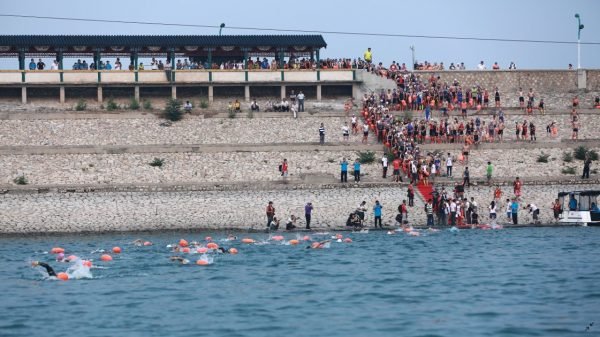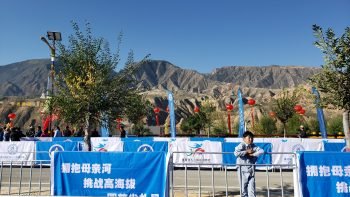
One of the most received comments from clients who are on their second or third trip to China goes something like “…I can’t believe this is China, I barely recognize it.” This will of course be true for those who first ventured out to the Middle Kingdom in the 80’s and 90’s but is even the case for those who have been as recently as 2008 for the Beijing Olympics. There’s a variety of changes that people are impressed by. For many it’s the vertical madness of the sky scrapers in Shanghai, for some it’s the lack of bicycles which were once ubiquitous, and others notice the increased refinement in fashion and luxury that China has quickly embraced.
Having lived in Beijing for the past ten years, most of the changes I’ve noticed have been gradual and systematic. Neighborhoods are modernizing, travel (including luxury travel in China) is gaining ground, culinary and nightlife options are increasing, and the Chinese are dipping their feet into an immense variety of new hobbies and experiences.

Among these, and very close to my heart, are endurance sports. While the most iconic event of the Olympics is widely considered to be the marathon, in the curious world of 2020 it is not seen so much as the pinnacle of endurance, but an initiation into a world of much more grueling tests of physical and mental exertion. The most popular incarnation of these are known as ultra-marathons. Every event which goes beyond the 42km (26.2 mile) distance is considered to be an ultra-marathon, with the 50km and 100km being the most popular versions, but with many going well beyond that. One would assume such masochistic endeavors are the reserve of a small and uniquely disturbed set of individuals, but the popularity of these events quickly belies that assumption.
In 2009, my first year in China, I would go for evening jogs around some of Beijing’s small man-made lakes and it would be a rare surprise to encounter even a single other jogger along the way. These days you will encounter dozens of other joggers along the most popular routes of the city regardless of the time of day, morning through evening. From virtually none ten years ago, there were 1,581 marathons held in 2018, and while ultra-marathons naturally have a smaller pool of participants, there was still a whopping 450 events in 2018. That is an average of 9 events per weekend where each participant is required to go for at least 50km…no small feat.

This development has been a boon for events, sportswear, travel, hospitality and plenty of other industries. The addictive nature of the sport ensures loyal customers, and China’s immense geographical variety means that participants can have their pick when choosing races. Be it the lush rainforest of southern Guangxi province, the arid desert of Gansu, or the snow-capped Himalayas, runners are spoiled for choice and constantly on the lookout for another fix. One of the world’s most famous marathons now takes place every year at what is perhaps China’s most internationally famous icon: the Great Wall. With hundreds of meters in elevation gain, no runner will be brazen enough to try for a new personal best time, but the stature of the Great Wall Marathon has become such that the race is now dominated by people who make the trip to Beijing solely for the purpose of completing the gruelling race.
If you are feeling up to the challenge, make sure to contact the Imperial Tours team who can arrange a customized tour before or after you take part in the race. After all, the Great Wall is just the beginning of an amazing China experience.
– Jaime is one of Imperial Tours’ Itinerary Designers.